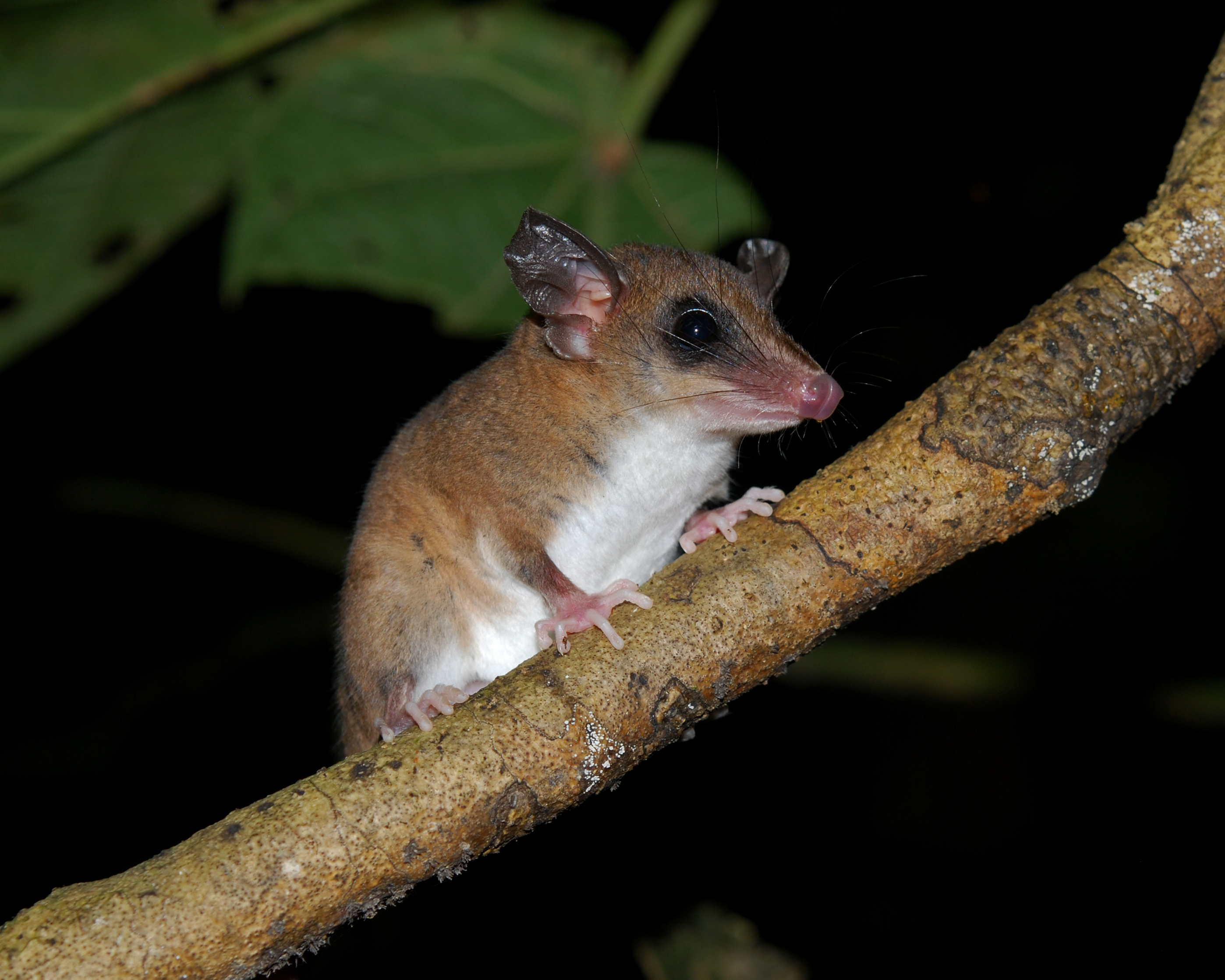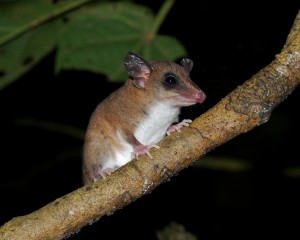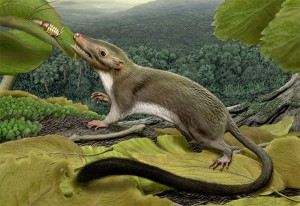As I wrote in a previous post last winter, O’Leary et al. added their oar into the Placental Mammal origins debate. For anyone who missed that episode, they argued, with the backing of masses of morphological data, that placental mammal orders appeared right after the extinction of non-avian dinosaurs (also known as the explosive model). This was in opposition to two other views based on DNA data which argue that placentals appeared way before (long-fuse model) or slightly before (short-fuse model) the Mexican dinosaurs had to deal with some meteorite… Again, have a look at this previous post criticizing O’Leary et al.’s paper and how they “forgot” to use (ignored?) state-of-the-art phylogenetic inference methods.
While I was away feeding mosquitoes in Finland – and wondering whether the lack of fishes for dinner was due to my poor fishing skills or the absence of fishes in the river – Science published two new episodes of the placental saga. Of the two, Springer et al. took the decision to properly criticize the methods of O’Leary et al.’s work. Amongst their detailed methods review, they particularly underlined the inaccuracy of O’Leary et al.’s explosive model; such a hypothesis would imply that the early placental mammals had a rate of molecular change similar to that of retroviruses. For over ten years it has been widely accepted that molecular rates (i.e. the number of DNA changes that are transmitted to descendants) vary among lineages through time. Knowing that, one can estimate these rates (or call it speed if you’re more comfortable with that) of evolution by calibrating phylogenetic trees with fossils. So, in this case, the amount of evolution needed to evolve from the late Cretaceous (~65 myr) non-placental mammals to the first placental mammals (~58 myr) has to be as high as evolutionary rates more characteristic of retroviruses to realistically explain this evolution.
Herein lies the eternal debate between palaeontologists and molecular biologists. The former base their estimations on the morphological changes they can see in the fossil record (even though some, as O’Leary et al. also include molecular data) while the latter calculate their evolutionary rate estimations on the molecular changes that they infer from living species’ DNA. Fundamentally, each method is valid but they are describing slightly different things ; palaeontologists infer the rates of changes between morphospecies (i.e. species that are separated based on their morphology) while molecular biologists study the rates of changes between surviving genetic pools (i.e. the populations leading to living species). My guess is that the true evolutionary history (i.e. the morphological and molecular changes of all the populations –fossils and living– through time) is to be found somewhere between these two approaches.
And that’s what I think O’Leary et al. demonstrated in their response to Springer et al.’s comments. Through a kind of a dodgy answer in reply to the technical points that Springer et al. underlined as the “retrovirusesomorph” rates, O’Leary’s team reran the analysis and found that yes, maybe the explosive model is not very realistic regarding the molecular data but neither is the long-fuse model regarding the palaeontological data. So which one should we choose? Hmmm, why not just go for the middle way with the short-fuse model? OK let’s do that – without calling it a short-fuse model though (they called it an “explosive model” in figure 2-B but to my mind at least, it’s getting closer to the short-fuse one).
So all that for what? Nobody can either deny O’Leary et al.’s amazing work nor claim that the long-fuse model is realistic; the consensual short-fuse model remains pretty well supported among both moderate palaeontologists and molecular biologists. However, I still cherish this paper because it shows how I think good science should always work; find the two extreme scenarios and then study the median one…
Author
Thomas Guillerme: guillert[at]tcd.ie
@TGuillerme
Photo credit
Wikimedia commons





